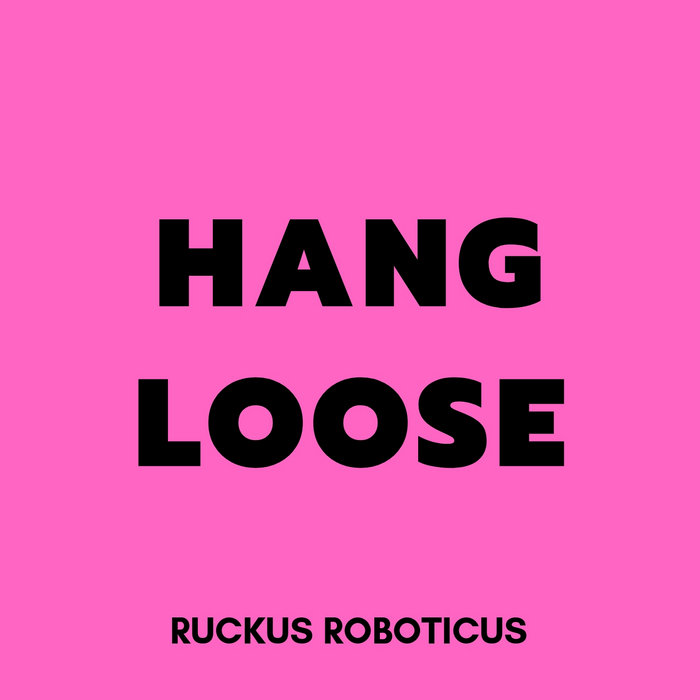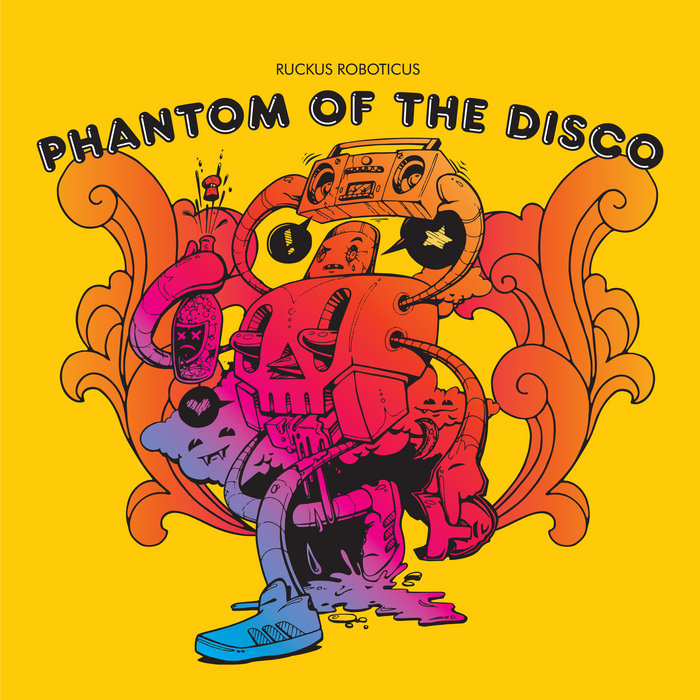
É Doce Morrer No Mar – Oran Etkin
this blog is GROOVY – check out great Soul, Funk, Jazz, Hip Hop, Bass, Breaks , Reggae, House n many more TUNES
Children’s music – it’s a genre that’s as vibrant and playful as the little listeners it aims to entertain! From catchy tunes that make kids want to dance, to sweet lullabies that help them drift off to sleep, children’s music has evolved over the decades into a delightful tapestry of sounds. So grab your favorite stuffed animal, get comfy, and let’s dive into this colorful musical journey!
The roots of children’s music can be traced back centuries. Think about old nursery rhymes; they were some of the first songs sung by parents to their kiddos. These simple melodies and rhythms weren’t just for fun—they helped with language development too! Rhymes like “Hey Diddle Diddle” or “Twinkle Twinkle Little Star” have been passed down through generations.
In the early 20th century, folk songs became super popular in American culture. Songs like “This Land Is Your Land” by Woody Guthrie not only resonated with adults but also found their way into children’s hearts (and playlists). Woody was known for his humble beginnings—he once had a “songwriting contest” where he asked kids across America to write songs for him… Talk about collaboration!
Fast forward to post-World War II America when record labels began recognizing that kids wanted their very own albums! In 1957, RCA Victor released “Songs for Kids,” which included classic tunes tailored just for young ears. This sparked a revolution in children’s music—suddenly there were professionals creating catchy songs dedicated entirely to children’s entertainment.
One hilarious tidbit from this era is how early rockstars tried catering their styles toward kids! For instance, Chuck Berry recorded an album called “Chuck Berry Goes Country” complete with silly lyrics meant just for young audiences (imagine him singing about cows and tractors!). Who knew rock ‘n’ roll could mooooove so easily?
In the late ‘60s and early ‘70s came beloved TV shows featuring eclectic characters who’d sing directly to children. Shows like “Sesame Street” forever changed the landscape of children’s music by combining serious education with groovy beats!
The Muppets introduced us all—not just kiddos—to legendary performers spanning genres. Kermit hitched up alongside Johnny Cash and even Paul Simon danced right next door! It was all part of an effort to teach life lessons wrapped in funky tunes—a win-win if you ask us.
Funny moment alert: Remember how Miss Piggy always swooned over famous male guests? Rumor has it she once sent Frank Oz (the voice behind her) multiple love notes during recordings—probably because Kermit wasn’t paying enough attention during duet practice!
As we cruised into the late ‘90s onwards—the world saw new faces pop up on stage making waves in children’s entertainment from various backgrounds: Raffi juiced things up with influential song choices while The Wiggles brought forth Australian cheerfulness that made everyone smile.
Fun fact: Did you know The Wiggles originally started as musicians performing at parties before transitioning? Their quirky outfits didn’t come overnight either—it took time before they realized matching skivvies would resonate better than traditional band attire; let’s face it, no one forgets a guy dressed as Captain Feathersword anytime soon… right?!
With streaming platforms galore today—and multiple apps designed exclusively around absorbing engaging content—it seems every kiddo now has access more than ever before! Artists such as Dan Zanes contribute nostalgic vibes while fresh talents like Joanie Leeds explore diverse themes within family-friendly realms without losing those groovy touches we adore!
A standout humorous note here revolves around many current artists’ creative processes—for example: when recording toddler tracks some will happily admit interactions often go awry (“I thought I was teaching harmony…but ended up singing about pasta instead?”). They learn fast how easy it is crafting silly verses while desperately trying NOT bumping heads against playtime objects nearby…
To sum it all up—the history behind children’s music is brightened by laughter-filled moments threading through rhythmic milestones paving ways today towards uplifting melodies leaving our youngest listeners joyfully inspired across generations past present AND future together under ONE harmonious sky! Whether strumming guitars or sharing giggles—you’ll always find something magical unfolding within these little sounds woven deep inside heartbeats everywhere… keep dancing along folks; there are many more adventures yet waiting out there jam-packed ahead ready simply waiting upon listener eager joiners alike finding JOY amid those cherished symphonies endless gleefully shared childlike wonderment indeed 🌈🎶✨

É Doce Morrer No Mar – Oran Etkin

Hang Loose – Ruckus Roboticus

T.G.I.F. (Thank God It's Funky) Feat. Spanky Wilson – Ruckus Roboticus